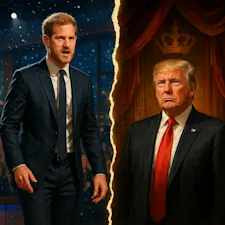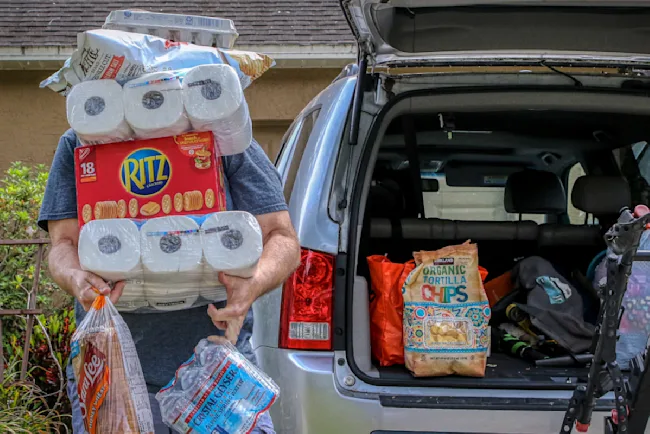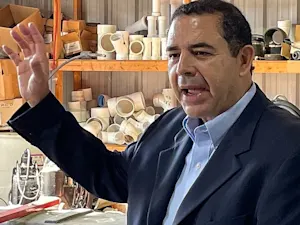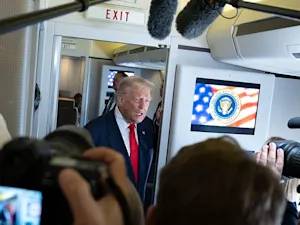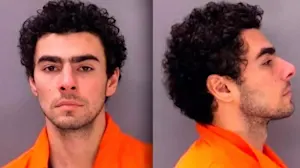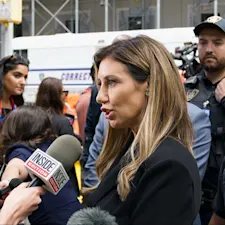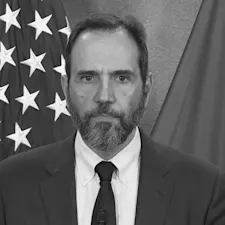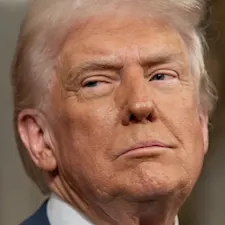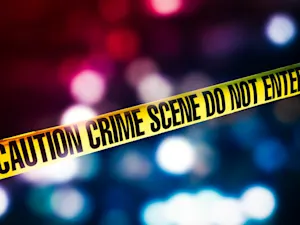
FBI's Epstein Jail Video: What Are They Hiding?
The FBI's release of surveillance footage from the night Jeffrey Epstein died in a Manhattan jail was meant to put conspiracy theories to rest. Instead, a forensic analysis by CBS News has exposed serious cracks in the government's story, revealing that the video is not the "full raw" footage officials claimed. Rather, it appears to be an edited screen recording with visible cursor and menu overlays, stitched together from multiple clips, and containing missing time and blind spots. Experts now question whether the "orange shape" seen on the stairs was actually an inmate in an orange jumpsuit — not a corrections officer as the government asserts. This revelation challenges official assurances and deepens public mistrust in institutions tasked with justice and transparency.
The Video That Wasn't Raw
The Department of Justice and FBI released nearly 11 hours of surveillance footage from the Metropolitan Correctional Center's Special Housing Unit, where Epstein was held. The video was presented as "full raw" footage, according to the Independent, expected to provide a clear and unfiltered view of Epstein's final hours. However, CBS News forensic review found the footage to be far from raw. The video reportedly shows a narrow angle of the SHU common area, including a stairwell leading to Epstein's cell, but crucially, the entrance to the cell and the main SHU entrance are out of frame. This means the video cannot conclusively prove that no one entered or exited Epstein's tier that night, directly contradicting FBI claims that anyone accessing the area would have been captured on camera, as reported by CBS News.
Adding to the doubts, the video reportedly contains a visible cursor and on-screen menu, indicating it is a screen recording rather than a direct export from the jail's digital video recorder system. Forensic experts told CBS News that this format is unusual and suggests the footage was edited or compiled from multiple clips. Metadata analysis revealed the file was saved multiple times over a short period, according to the Independent, further undermining claims of unaltered raw footage.
Missing Minute and Blind Spots
One of the most troubling findings is a missing minute in the video just before midnight. The time counter reportedly jumps forward abruptly, and the video's aspect ratio shifts slightly when the footage resumes. This missing minute is not acknowledged in the Justice Department inspector general's report. Attorney General Pam Bondi explained that the system resets nightly and loses the same minute each day, but according to CBS News, government sources familiar with the investigation say the full unedited video held by authorities does not have this gap. The missing minute appears only in the released, edited video.
The missing minute reportedly coincides with a staff shift change, raising questions about what might have occurred during that unrecorded time. The video also fails to capture the entire staircase leading to Epstein's cell, leaving open the possibility that someone could have accessed the tier without being seen on camera. Experts agree that the limited camera angles and blind spots prevent conclusive statements about whether unauthorized access occurred.
Jim Stafford, a video forensics expert who reviewed the footage and the corresponding reports, told CBS News, "To say that there's no way that someone could get to that — the stair up to his room — without being seen is false."
The 'Orange Shape' Controversy
Perhaps the most sensational element of the footage is the so-called "orange shape" seen moving up the stairs around 10:40 p.m. The official report claims this was a corrections officer carrying linen or inmate clothing. However, forensic video experts consulted by CBS News strongly dispute this interpretation. They suggest the shape more likely represents a person dressed in an orange prison jumpsuit, meaning it could have been an inmate rather than a guard.
Retired NYPD sergeant and forensic video analyst Conor McCourt told CBS News that "based on the limited video, it's more likely it's a person in an (orange) uniform." This expert opinion challenges the government's narrative that Epstein was alone and under constant watch, raising the possibility that other inmates had access to the area during critical hours.
Edited Footage and Eroded Credibility
Forensics experts working with Wired magazine concluded that the video was likely edited using software such as Adobe Premiere Pro, as reported by the Independent, further damaging the credibility of the government's investigation. Professor Hany Farid, a digital forensics expert at UC Berkeley, told Wired that the footage would not be admissible as evidence in court due to its altered nature. He said, "If a lawyer brought me this file and asked if it was suitable for court, I'd say no. Go back to the source. Do it right," as reported by the Independent. He emphasized the need for direct exports from original systems to maintain evidentiary integrity.
This discovery feeds into a broader narrative of institutional failure and possible cover-up. The public is left wondering why the government would release a manipulated video while claiming transparency. The optics of this situation are damaging, especially given Epstein's high-profile connections and the intense scrutiny surrounding his death.
Unanswered Questions and Unidentified Individuals
The video also reportedly shows multiple staff members entering and exiting the SHU common area while the two officers assigned to Epstein's unit are seen elsewhere, contradicting official statements about who had access. An unidentified individual is seen moving through the unit shortly after midnight, a presence not addressed in the inspector general's report.
Moreover, the video does not include footage from two other cameras near the SHU — one covering an elevator bank and another focused on a guard desk. These recordings have not been released, though experts believe they could shed light on the missing minute and other blind spots.
Epstein's brother, Mark Epstein, has expressed skepticism about the official suicide ruling, citing the lack of footage from the actual tier where Epstein was housed and the limited number of inmates who spoke to investigators, according to CBS News. The ongoing staffing crisis and failure to maintain quality camera coverage in the jail further complicate the picture.
What This Means for Public Confidence
The CBS News forensic analysis of the Epstein jail video represents a seismic credibility challenge for the Justice Department, FBI, and Bureau of Prisons. The government's assurances that the surveillance footage clearly showed no unauthorized access to Epstein's cell are now seriously undermined. The presence of an edited, screen-recorded file with missing time and blind spots, combined with expert doubts about key interpretations, fuels public fear and skepticism.
For many, this is not just about one man's death but about the integrity of institutions tasked with justice and transparency. The optics of manipulation and incomplete evidence erode trust and invite suspicion. Whether these revelations will prompt further investigation or reforms remains to be seen, but the damage to public confidence is undeniable.
For many who have followed the Epstein saga, this new analysis may deepen doubts about the official story. The truth about what happened in that jail cell may still be out of reach, hidden behind layers of edited footage and unanswered questions.
References: CBS News investigation of Jeffrey Epstein jail video reveals new discrepancies | Discrepancies Discovered in Jeffrey Epstein Jail Video from Night of Death: Report | Controversial video showing Jeffrey Epstein's cell before his death was likely edited, report finds


